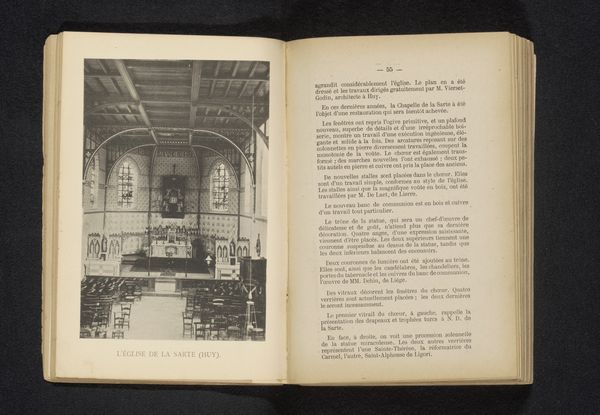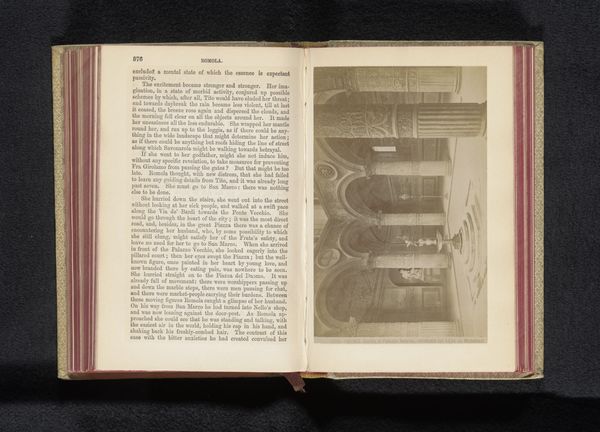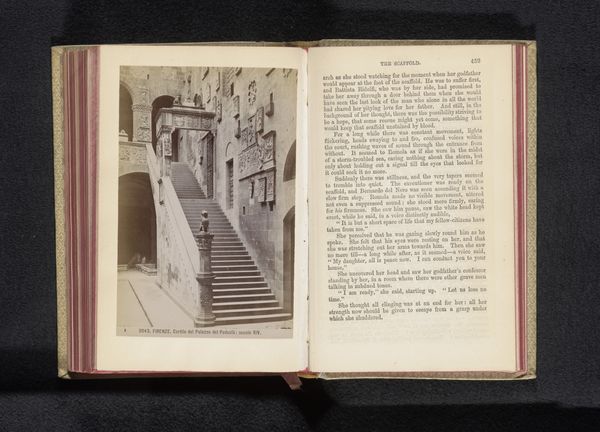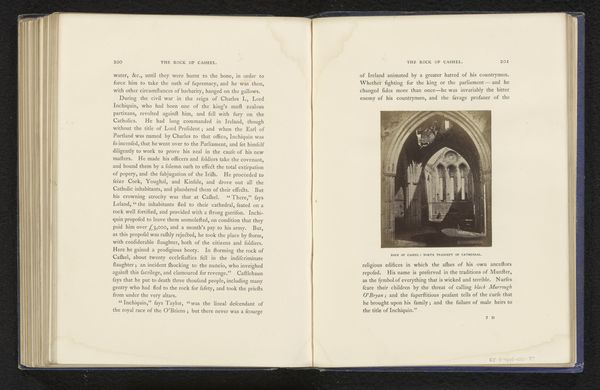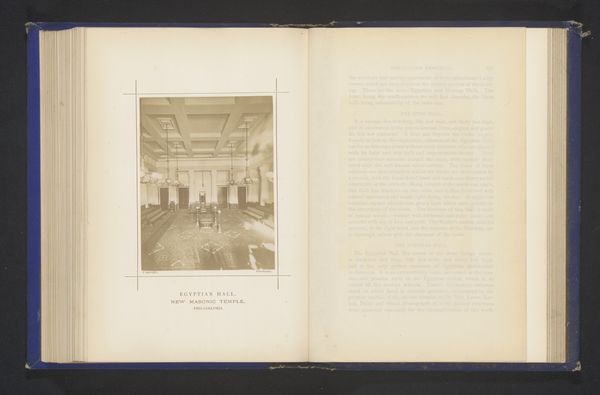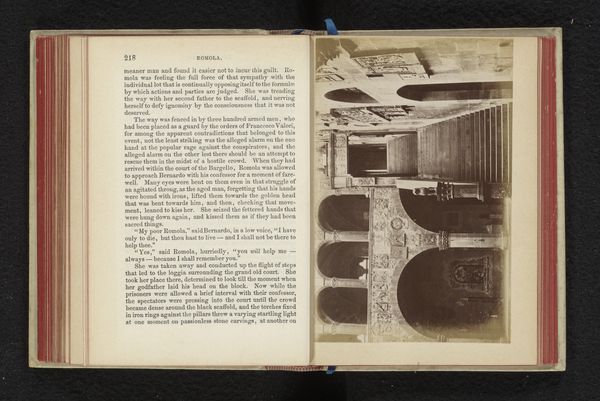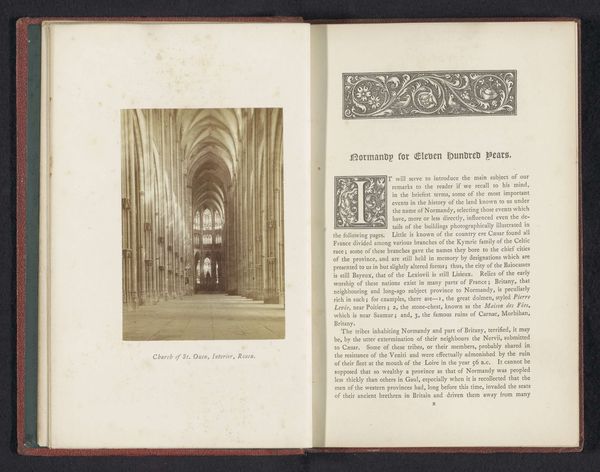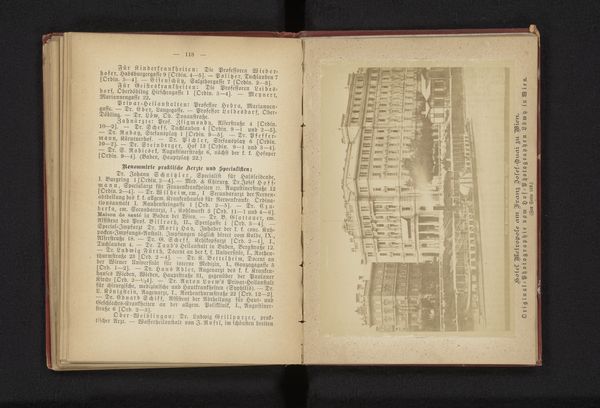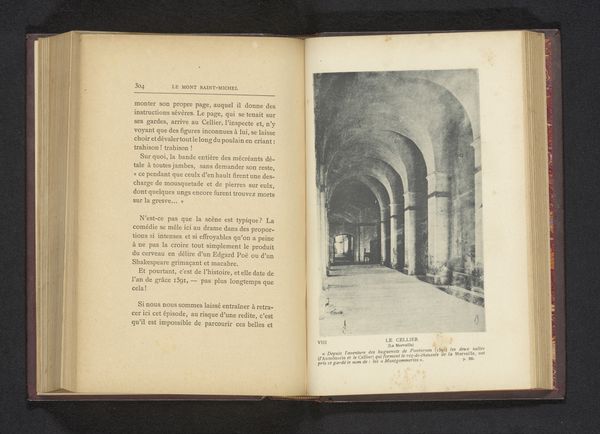
print, photography, gelatin-silver-print, architecture
# print
#
landscape
#
photography
#
classicism
#
gelatin-silver-print
#
academic-art
#
italian-renaissance
#
architecture
#
realism
Dimensions: height 135 mm, width 97 mm
Copyright: Rijks Museum: Open Domain
Curator: Here we have Giacomo Brogi's "Interieur van de Santa Croce, Florence," a gelatin-silver print taken before 1863. What are your initial thoughts? Editor: Stark, almost unsettling. The contrast between light and shadow exaggerates the vastness of the interior, doesn’t it? All that stone—you can almost feel its cool smoothness. Curator: It is interesting to see how Brogi, a noted photographer of Italian scenes, frames Santa Croce. Its architecture represents a fascinating point in Florentine history. Consider the Basilica's role as a Franciscan church and the burial place of many notable Italians—its history deeply intertwined with civic and religious power. Editor: Absolutely. But what I'm really drawn to is the materiality. The cold, hard stone fashioned with such skill and then replicated, almost democratized, through the photographic print. The labour, the craft, captured for mass consumption. Think about the workers who quarried, hauled, and sculpted this space, their unseen hands shaping history. And how that gets transformed by the labour involved in producing a photographic print. Curator: That tension between the monument and its reproduction is crucial. Photography was becoming increasingly accessible then, democratizing art, making spaces like Santa Croce available to viewers far beyond Florence. Think of the role this played in shaping ideas about Italian cultural heritage and national identity. Editor: Precisely. And consider the chemical processes, the silver, the gelatin—all transformed into this image. It speaks to the raw materials and processes necessary for making and seeing art, a world away from idealized notions of artistic genius and national heritage. It's so tangible, so industrial. Curator: A valid point. Seeing the intersection between architectural grandeur and photographic processes lets us consider the forces at play when culture solidifies into shared experiences. It makes you wonder who had access to these prints and the influence this imagery wielded in shaping perceptions of Italian history. Editor: Yes, precisely! Thinking about this from a materialist perspective really underlines how deeply interwoven art is with labour and the distribution of resources. It makes you ask, whose history is represented and consumed here? Curator: This image is a portal to explore layers of history—social, artistic, technological. I appreciate how it makes me reflect on these points of view. Editor: It is also fascinating how different viewpoints are captured through this interplay of craft and labor to challenge traditional understanding of "high art".
Comments
No comments
Be the first to comment and join the conversation on the ultimate creative platform.
